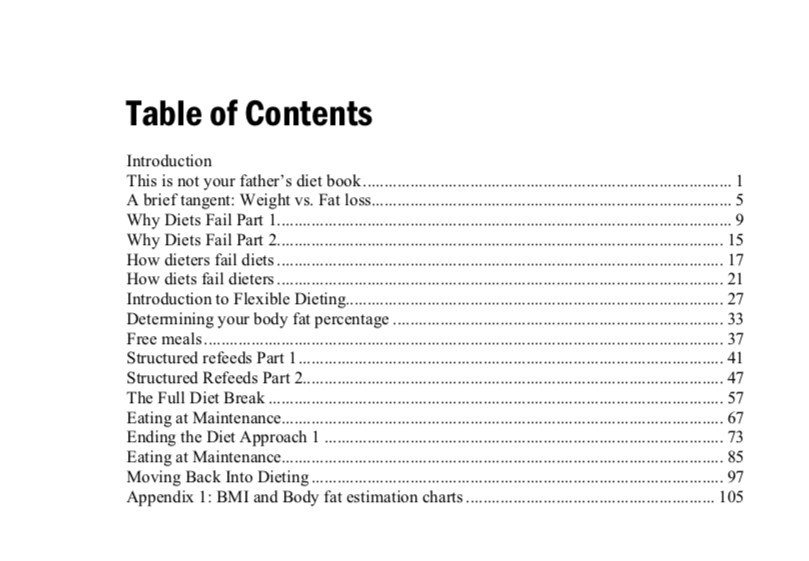A Guide to Flexible Dieting delves into the psychological and physiological factors that often contribute to diet failure. It primarily contrasts rigid and flexible dieting approaches, highlighting their differing impacts on adherence and success.
Rigid dieting operates on a black-and-white mentality, categorizing foods as either “good” or “bad,” “clean” or “unclean.” The rigid dieter perceives themselves as either strictly adhering to the diet or completely abandoning it. Consequently, even a minor deviation from the prescribed food list can trigger a loss of control and a complete dietary collapse.
In contrast, flexible dieting rejects such absolute categorizations. It recognizes that no food is inherently off-limits and that all foods can be incorporated into a balanced dietary pattern. Furthermore, minor dietary variations are viewed as temporary adjustments that can be easily compensated for in subsequent meals or days.
Numerous studies consistently demonstrate the superior outcomes of flexible dieting compared to its rigid counterpart. Flexible dieters exhibit reduced mental stress, fewer instances of binge eating, and lower body weights. Overall, they achieve greater success in their dieting endeavors.
Key Strategies in Lyle McDonald’s Flexible Dieting Approach
Building upon this research, A Guide to Flexible Dieting outlines three distinct flexible dieting strategies designed to enhance dietary flexibility and promote long-term adherence. These include free meals, refeeds, and diet breaks.
Free meals consist of a single, non-diet meal strategically incorporated to address cravings and enhance adherence. Refeeds involve short periods of increased carbohydrate intake, aimed at mitigating the body’s adaptive responses to fat loss, such as hormonal changes and metabolic slowdown.
Diet breaks are longer, planned interruptions to a weight loss diet, typically lasting 10-14 days. During a diet break, calorie intake is raised to maintenance levels, which supports long-term adherence, helps reverse some of the metabolic adaptations to dieting, and provides the dieter with an opportunity to practice maintenance eating skills.
The book offers detailed guidance on each of these strategies, including optimal frequency of use, implementation guidelines, and potential red flags to monitor for. It also includes general information about why diets may fail and guidelines for setting up maintenance diets.
 Guide to Flexible Dieting by Lyle McDonald Table of Contents
Guide to Flexible Dieting by Lyle McDonald Table of Contents
Table of Contents of Lyle McDonald’s Guide to Flexible Dieting, showcasing the book’s detailed approach to sustainable eating habits.
While there are no guaranteed outcomes in fat loss dieting, embracing flexible eating habits can significantly improve your chances of success. Lyle McDonald’s guide provides the tools and knowledge necessary to implement these strategies effectively.
Real-World Success with Flexible Dieting
“I’ve read many diet books, and while most helped me lose weight, this is the first book that taught me how to keep it off. And no other diet allowed me to enjoy the foods I love while still losing weight. This book helps you figure out how to eat whether you’re losing, maintaining, or gaining, without getting bogged down in the minutiae of other plans.
With this book, I went from around 20% body fat to 14% without killing myself, all while maintaining my existing muscle mass. I’m currently using it to gain more muscle while limiting body fat gain, with excellent results so far. I highly recommend this as the first and possibly the last diet book anyone will ever need.”
– Mike, Washington
“I highly recommend this easy-to-read book, which describes in adequate detail the logic and science behind a flexible approach to dieting. This is perfect for those who want to customize their own eating plans based on proven principles and research. It’s not a cookie-cutter or paint-by-numbers approach for dummies, but a method of thinking flexibly about adjusting diet to suit one’s needs, whether for weight loss or maintenance.”
– Dr V Lewis. Queensland Australia
Professional Insights on Lyle McDonald’s Flexible Dieting Guide
“For many, ‘dieting’ conjures images of eating dry chicken and broccoli six times a day, starving, and general misery. If more people understood the basics of how the body mobilizes and burns fat, more would achieve their goals, lose weight, and keep it off. As Lyle says, ‘The best diet is the one you can actually stick to,’ and in The Guide to Flexible Dieting, he teaches you how.
I consider this book the best starting point for understanding the physiology of dieting, implementing science-based dieting principles, avoiding common errors, using free meals and refeeds to enhance effectiveness (no ‘cheating’ or ‘breaking the diet’ here), and transitioning back to weight maintenance effortlessly—even without counting calories.
Lyle McDonald, a renowned expert in nutrition and author of “The Guide to Flexible Dieting,” is known for his science-based approach.
This is the ultimate resource for anyone tired of diet failures or diets failing them. I highly recommend it to those who want to adopt the mindset of successful dieters instead of relying on strict meal plans that never work.”
Borge (aka Blade) – Norway MyoRevolution
By understanding the principles of flexible dieting and implementing the strategies outlined in Lyle McDonald’s guide, you can break free from restrictive diet cycles and achieve sustainable weight management success.